How to thaw frozen pipes – and the one insider tip that'll help you spot the very earliest of signs
Avoid burst pipes and devastating damage with these pro tips
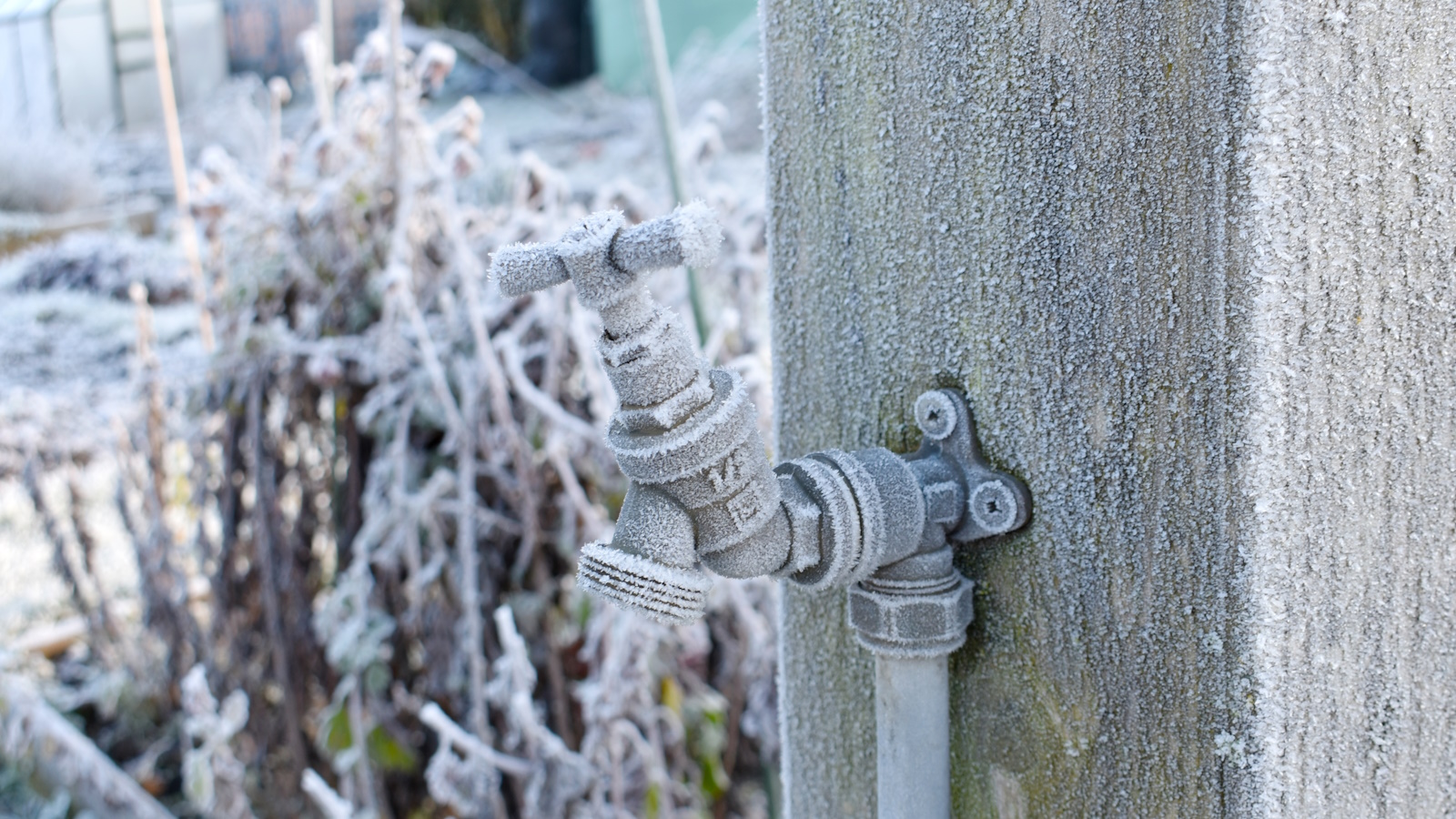

Freezing weather and snow can be a downer at the best of times, but add frozen pipes into the mix and you are in for a rough winter, especially if one bursts.
A harsh frost can very quickly, and often unexpectedly, freeze water solid in pipes. This leads to cracks or breaks appearing in the pipes, followed by water leaks either dripping or worse, cascading, down and through a house, damaging decor and furnishings, flooring, and blowing plasterwork and electrics as it goes.
Knowing when to worry about pipes freezing and taking some preventative measures to stop them doing will always be your best defense. But, in the case of an emergency, this is how to thaw frozen water pipes, prevent them from bursting, and how to spot the early warning signs according to the experts.
How to thaw frozen water pipes
When preparing a house for cold weather, and particularly if preparing your home for a snowstorm, you should familiarize yourself with the location of your mains water shut-off values and the general layout of your pipework, so that you can treat frozen pipes if and when they occur.
It also helps to familiarize yourself with the perfect temperature to run your heating to avoid frozen pipes. This may seem over the top, but it will be essential knowledge when your water blocks up, or worse, a pipe bursts. With that knowledge to hand, you can unfreeze pipes quickly and efficiently.
Signs your pipes have frozen

One of the earliest and most useful warning signs when detecting issues is unusual or unexpected condensation, says Evie Graham, professional cleaner and founder of Waste Direct. She explains, 'I discovered an unusual early warning sign while cleaning under kitchen sinks – check the cabinet base for unusual condensation. I now use a simple infrared thermometer on pipe joints during winter cleanings.'
Graham recommends the ThermoPro TP49 Digital Hygrometer available at Amazon, which she keeps in every under-sink cabinet she maintains. In temperatures above freezing, check this weekly, and once the temperature drops, check it daily.
Design expertise in your inbox – from inspiring decorating ideas and beautiful celebrity homes to practical gardening advice and shopping round-ups.
There are also a few more signs your pipes may be freezing through that can give you an early warning ahead of a full freeze:
- Your taps or drains are giving off an unpleasant smell.
- The water runs weakly from the taps.
- There is frost on the outside of the pipes.
- If boiler pipes are frozen, you might notice a gurgling noise and an error message. Always alert a professional to help you with this, as it is not a common heating problem you can repair yourself.
A step-by-step guide to thawing frozen pipes
1. Turn the water off at the mains
If a pipe becomes blocked with ice, you need to stop any additional water being supplied to your home. This stops pressure from building up which can cause the pipe to burst.
Bill Bruininga, professional plumber at Go Billys plumbing services advises, 'As a homeowner, it is best to know where all of your water isolation valves are located. You have one at the street, one at the house, and two at each faucet location. Testing the use of each regularly helps when it comes to what to do if a pipe bursts. Generally speaking, all houses should have these items.
'The street shut-off is designed to turn all water off to your property. If you cannot find a shut-off to isolate the leak, use this street shut-off. You may need a special water key.
'At the house, you should have two shut-offs. One is for irrigation, and one is for housing domestic water. Irrigation shut-off controls all of the outside water for sprinklers. The house line controls all of the plumbing inside the house.'
2. Gently introduce heat to the pipes
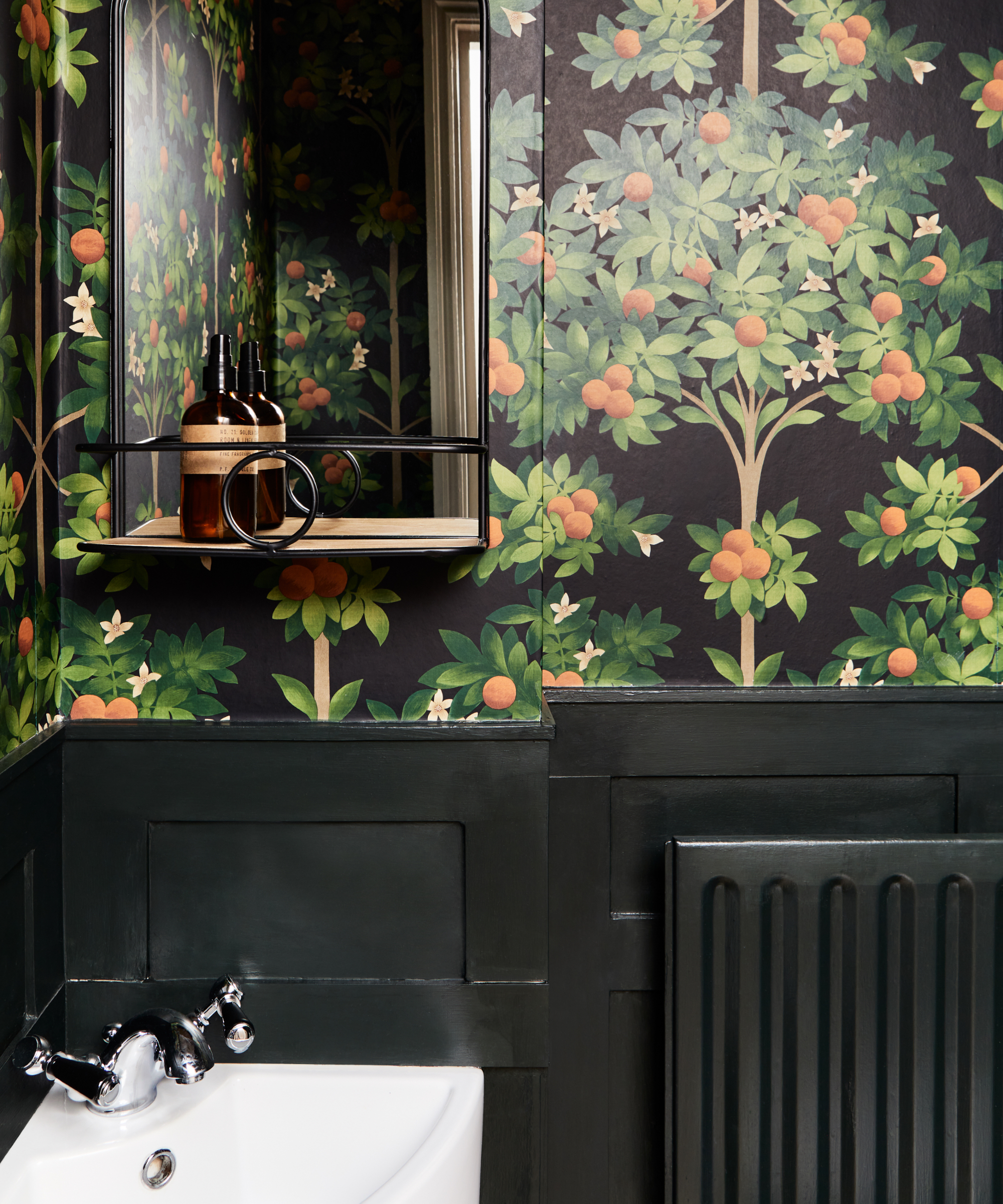
The next step is to remove the blockage. Of course, you can't open up a frozen pipe and dish the ice out, so you need to gently introduce heat – especially if you haven't insulated pipes.
There are various ways to do this, but cleaning and home maintenance expert Graham stresses that gentle room warming works better, and is less dangerous to yourself and your home, than direct pipe heating.
She says, 'I set my clients' heating to increase gradually by 2°C per hour. After managing dozens of pipe emergencies, I know rapid thawing causes more damage than the initial freeze.
'The biggest error I see isn't about thawing methods – it's rushing the process. When helping clients with frozen pipes, I emphasize patience. Quick temperature changes cause most of the burst pipes I deal with in my waste management work.'
Therefore, avoid applying heat directly to pipes, such as pouring boiling water over them, which may cause them to crack. In most cases where only a small section of pipe is frozen and is causing a blockage, a jug of warm, but not boiling, water can be slowly and evenly poured over it, or a hot water bottle filled with warm water can be tied to the frozen section of the pipe.
Similarly, a face flannel or towel soaked in warm water wrapped around the pipe (and refreshed regularly) will help to gently thaw the frozen water inside.
Alternatively, for more severe cases, your best bet will be to aim hot air, at a distance, at your frozen pipe, using a portable space heater, such as the Lasko 5790 Portable Electric available at Target, if you have had to turn your heating off. Make sure you monitor this closely to ensure the pipe doesn't become too hot too quickly, and never use a hairdryer around water as it's an electric shock risk.
Once the pipes are defrosted and the water is flowing again, you can then turn your home heating back on to help defrost any lingering ice.
All prices correct at time of publication.
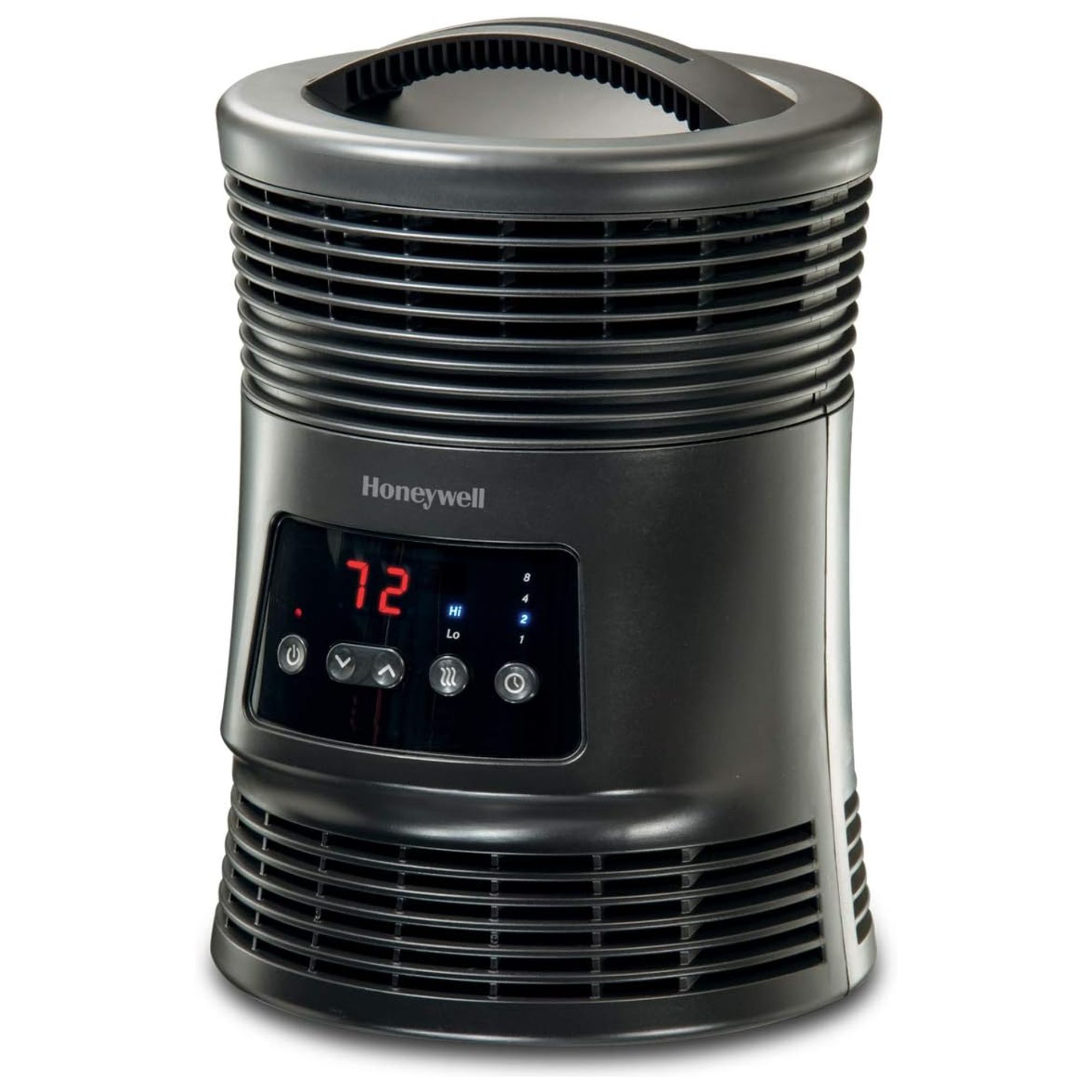
'The precise temperature control helps me maintain that crucial gradual warming,' says Graham. 'I never thaw pipes without one.'
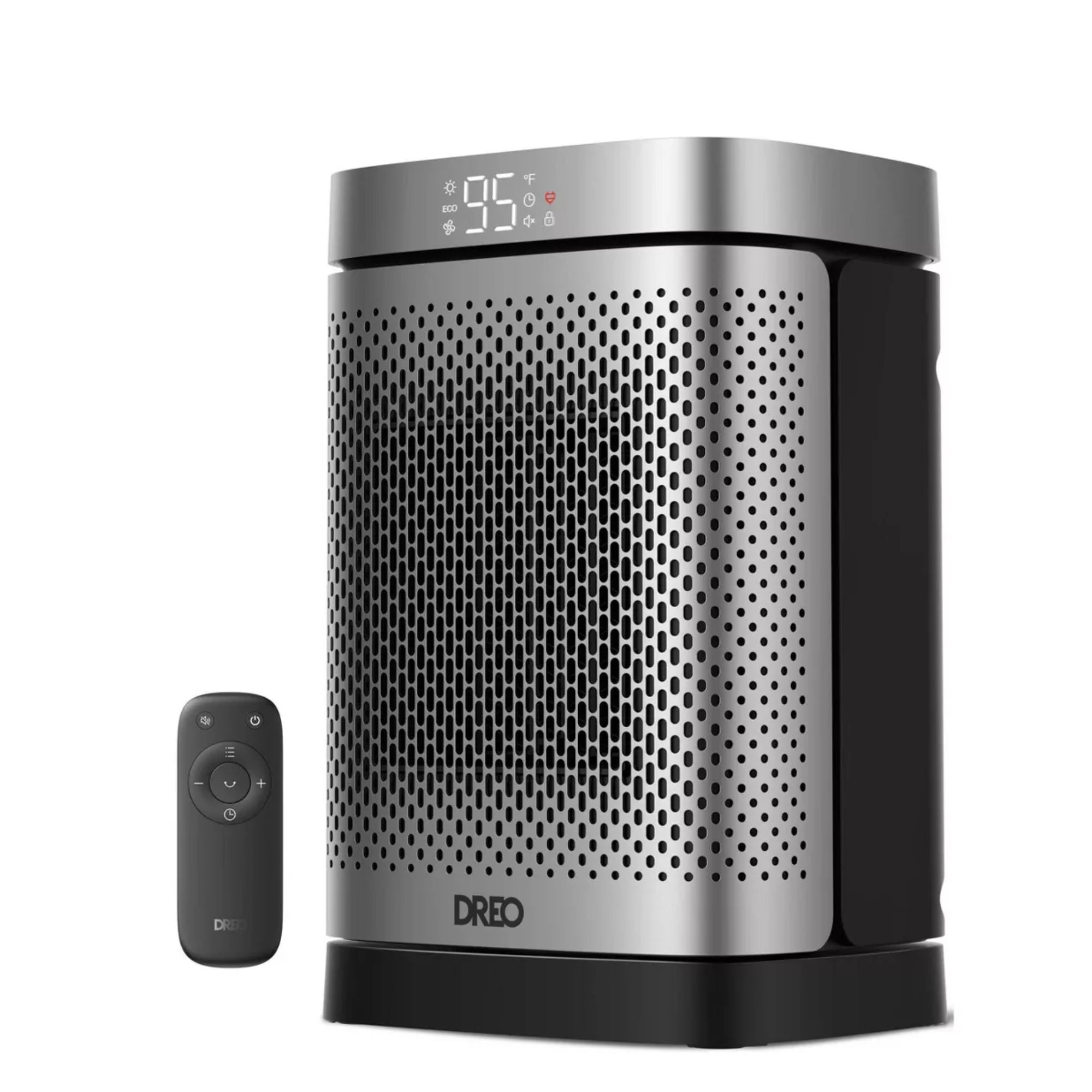
This compact and portable space heater is conveniently controlled with a remote, with various modes, including 'low,' safe for thawing pipes.

If you're in a pinch with your pipes, but don't want to invest in a long-term heating solution, this super affordable space heater is a brilliant option.
3. Revisit your home insurance
Many homeowners don’t have plumbing as part of their home insurance – now is the time to check yours covers frozen and burst pipes or boilers damaged by freezing conditions.
How to prevent frozen water pipes in future

Prevention is always better than a cure, especially regarding something as potentially damaging as frozen pipes. Luckily, there are some simple steps you can take to prevent a freeze-up, even in the coldest of winters:
1. Keep the water in the pipes warm
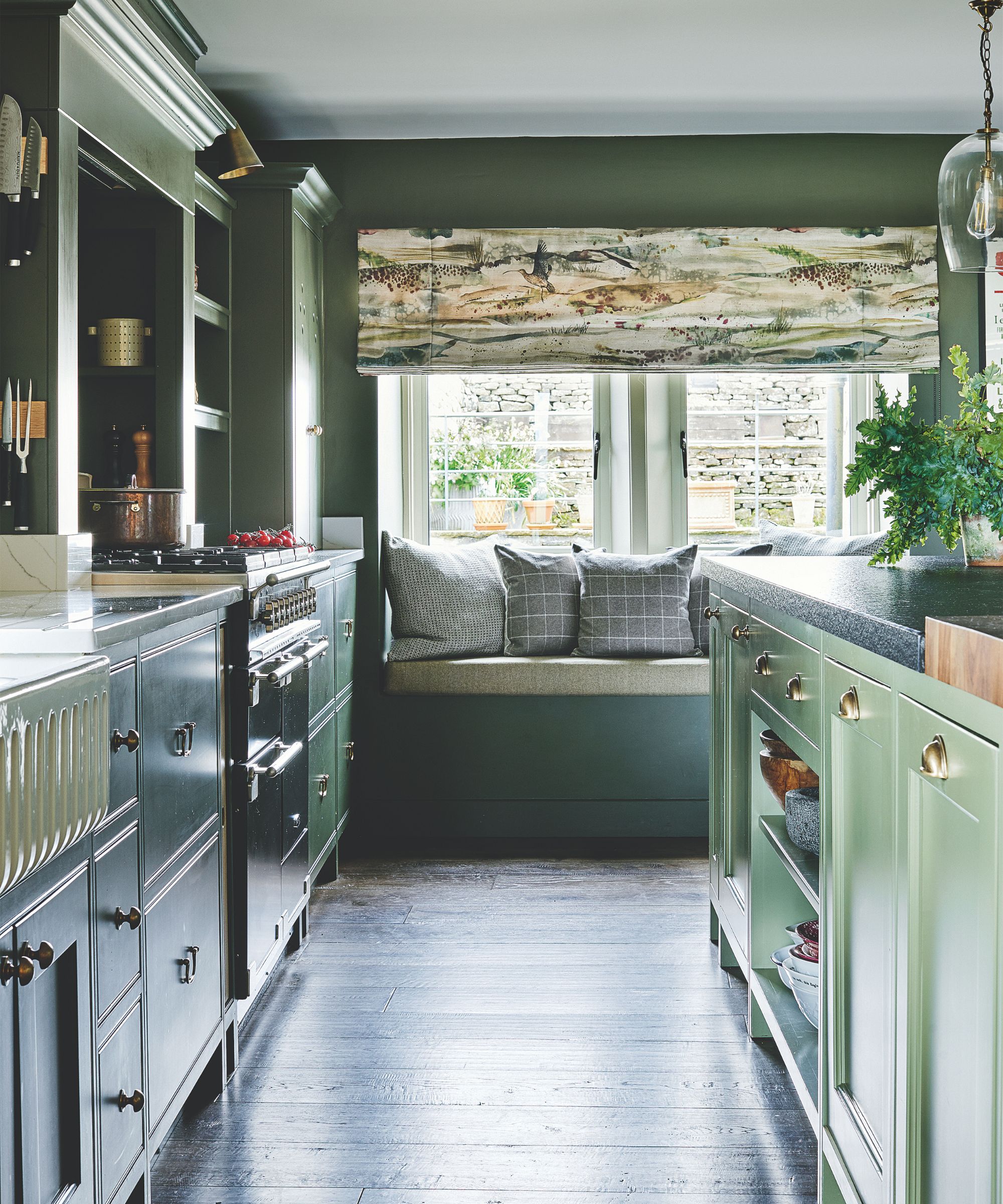
Frozen pipes can happen in a matter of hours. Even turning your heating off overnight in freezing weather can lead to blockages in the right conditions.
Therefore, Peter Duncanson, from ServiceMaster Restore warns that you should never let the temperature at your home or business drop below 40°Fahrenheit, as 'if your heat turns off and the water inside your pipes freezes, they'll be more likely to burst.'
In fact, the best temperature for a thermostat in winter is 68°F (20°C), as setting it much higher is a thermostat mistake best avoided. If you're heading off on vacation when temperatures are expected to drop below freezing, make sure you know the ideal temperature to set your thermostat on when on winter vacation, which should avoid returning home to any plumbing disasters.
2. Keep the water in the pipes moving

If freezing weather is forecasted, keeping the water moving will stop pipes from freezing. You can do this by regularly running water through taps – especially exposed ones, perhaps outdoors. Dripping faucets will help stop the water in the pipes from freezing.
3. Insulate pipes to stop them freezing
Pipes that are not connected to a warm water supply should be insulated to help stop pipes from freezing, suggests Mark Snell, CEO of Polestar Plumbing, Heating & Air Conditioning.
'Prioritize insulating pipes in unheated areas of your home to prevent freezing,' he recommends. 'Such areas include attics, basement ideas, crawl spaces, and any other spaces where pipes are exposed to cold temperatures, to prevent freezing.'
If you're not sure how to insulate pipes, our dedicated guide details step-by-step instructions, from using pipe heating tape to pipe insulation tube, such as the Duck Brand Foam Pipe Covers available at Amazon.
You can also try leaving an attic door open during a freeze to help regulate your roof temperature and protect your pipes.
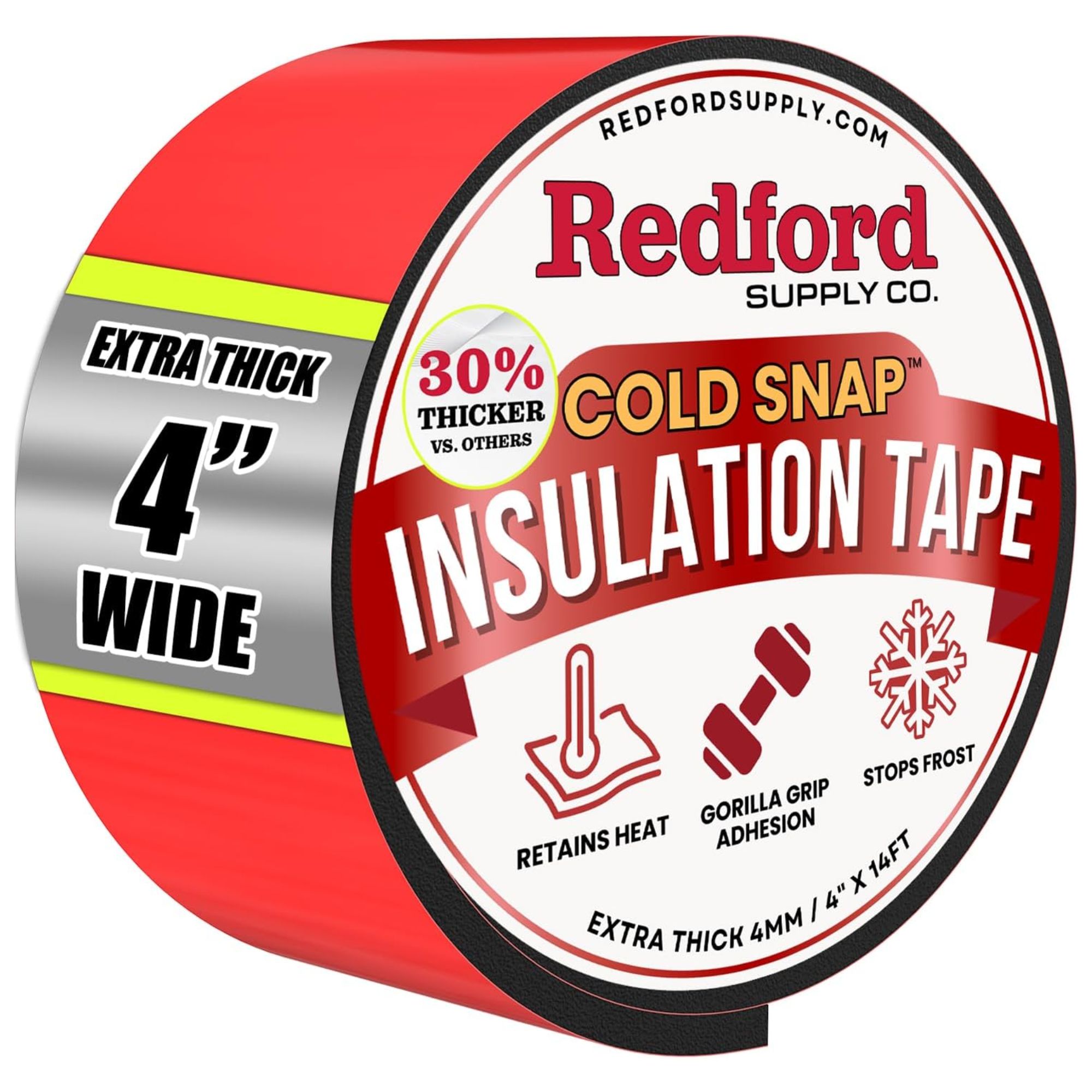
This waterproof insulation is easy to install without the help of a professional, and works by trapping heat to prevent freezing.
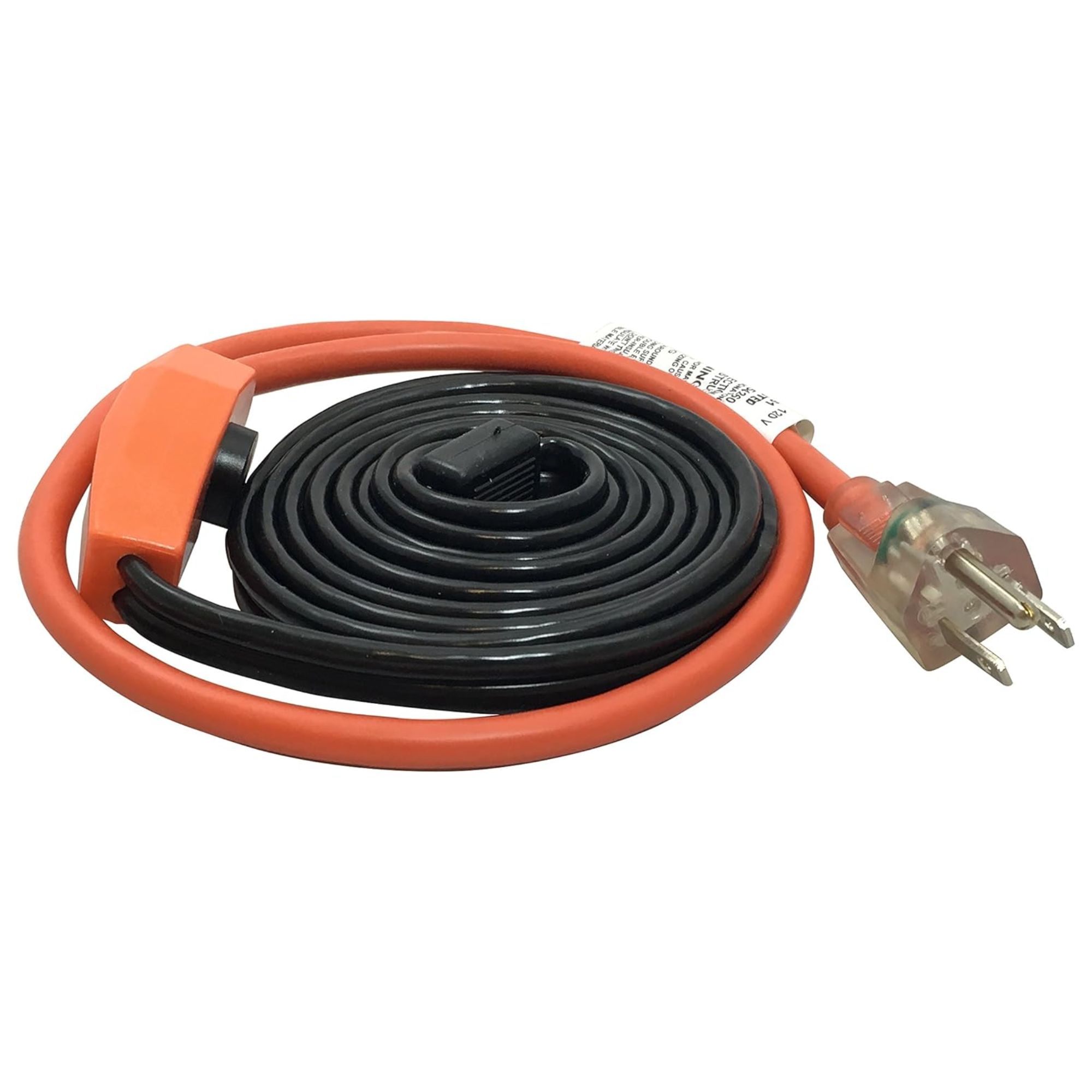
For use on two-inch metal and plastic pipes, these heating cables keep water flowing down to -40°F, and work automatically once installed.
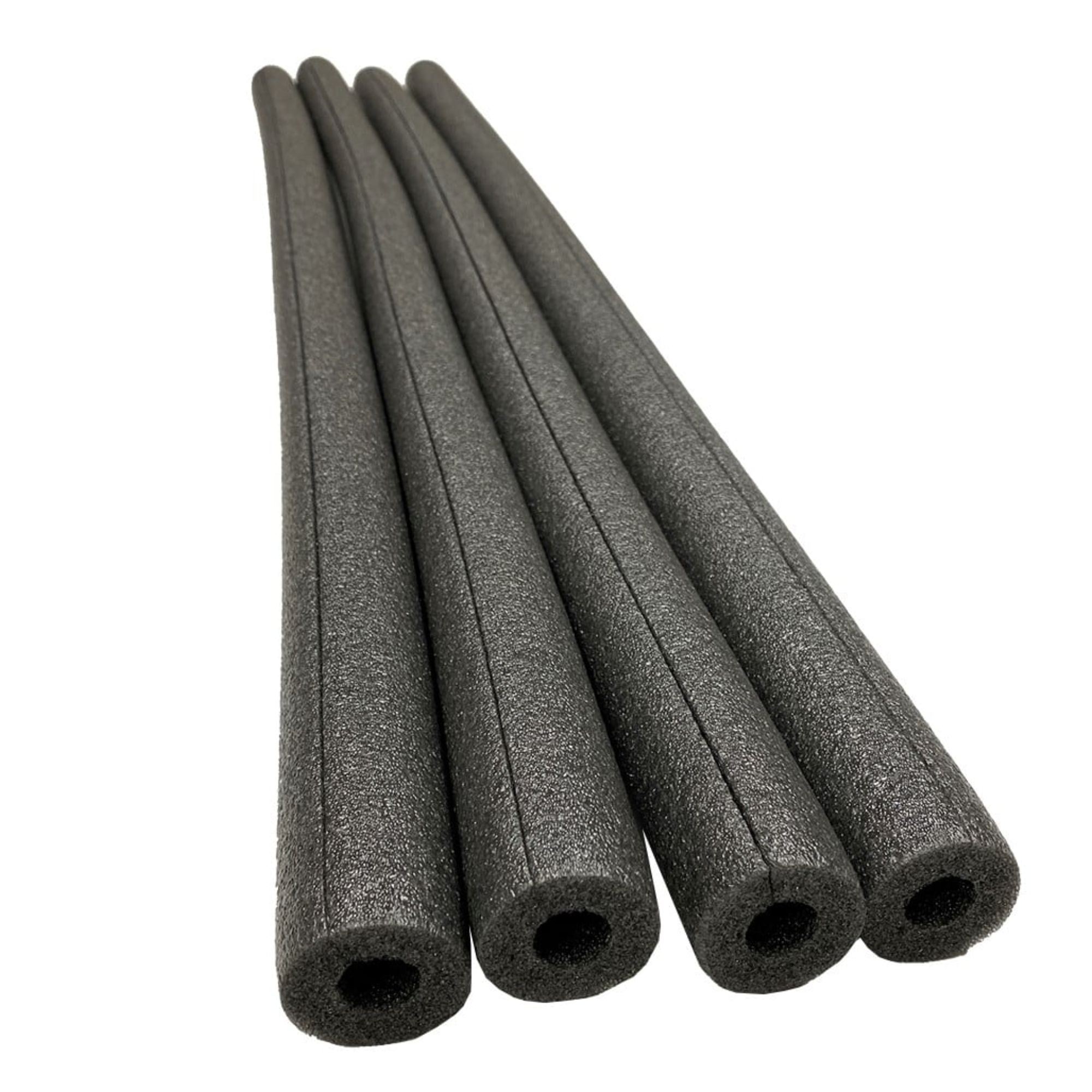
With pre-cut slits, this pack of four foam pipe insulation covers are super quick and convenient to install, and can be used on both hot and cold water pipes.
4. Keep your home’s cold spots warm

If you have any unheated closed front porch ideas, small mudroom ideas, or pantry ideas with water pipes in them, ensure the pipes are insulated, or, as a short-term fix, leave an adjoining door that leads to a heated room indoors open.
Similarly, garage doors should be kept shut if there is a water supply there too, and knowing how to heat a garage can be paramount if so.
5. Invest in a smart thermostat
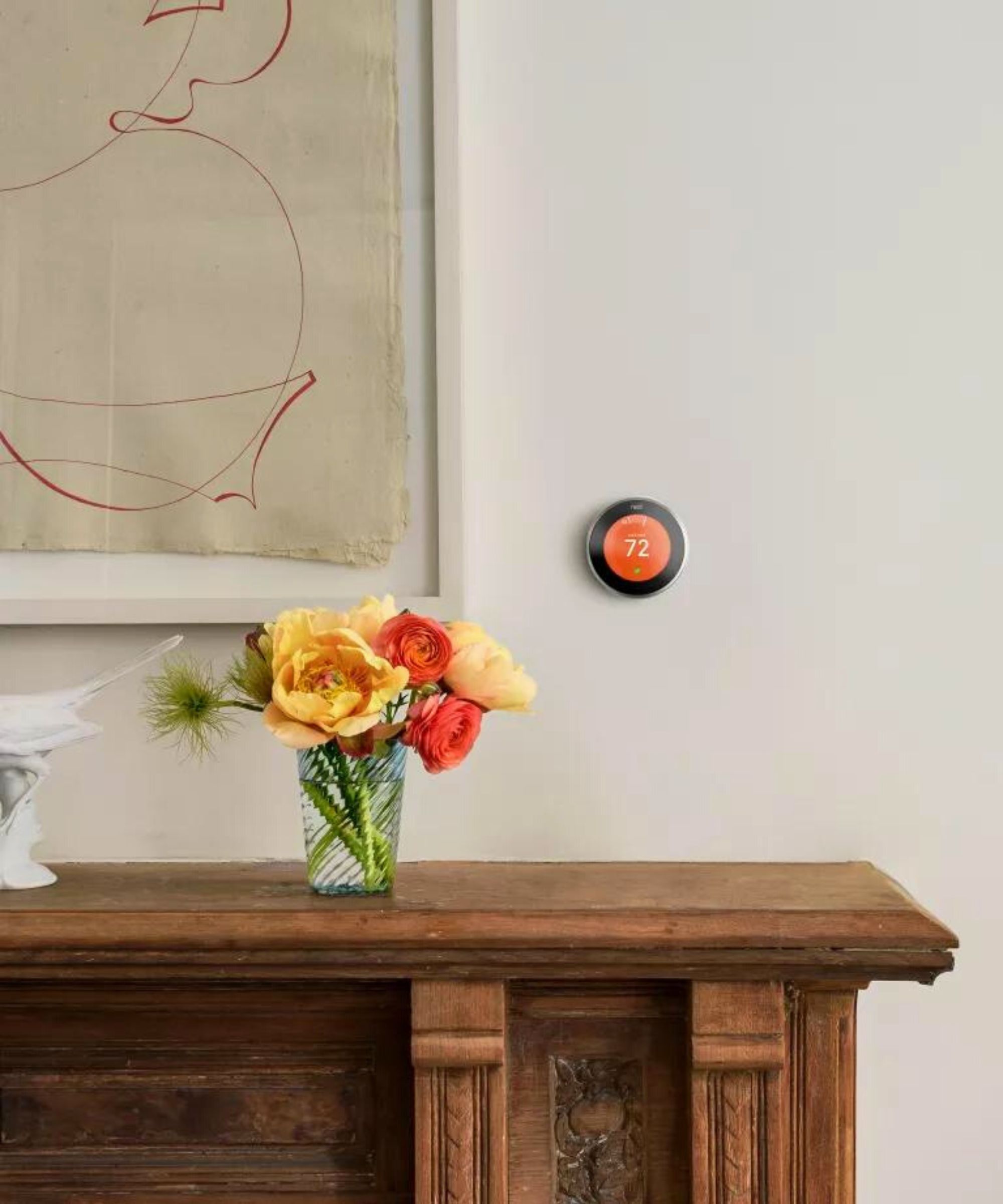
Some smart thermostats do more than control your heating and make your heating more efficient, they can also monitor your heating system and let you know if your pipes are in danger of freezing before it happens, making them one of the best and most valuable smart home must- haves.
If your smart thermostat doesn't do this, you can also consider smart sensors. This smart tech can combat frozen pipes before they become a problem. For example, the Moen 900-001 Flo Smart Water Monitor and Automatic Shutoff Sensor available at Amazon can detect leaks and monitor water pressure, sending real-time updates and alerts to your smartphone. It will even let you switch off your water supply remotely, helping to prevent the risk of costly water damage.
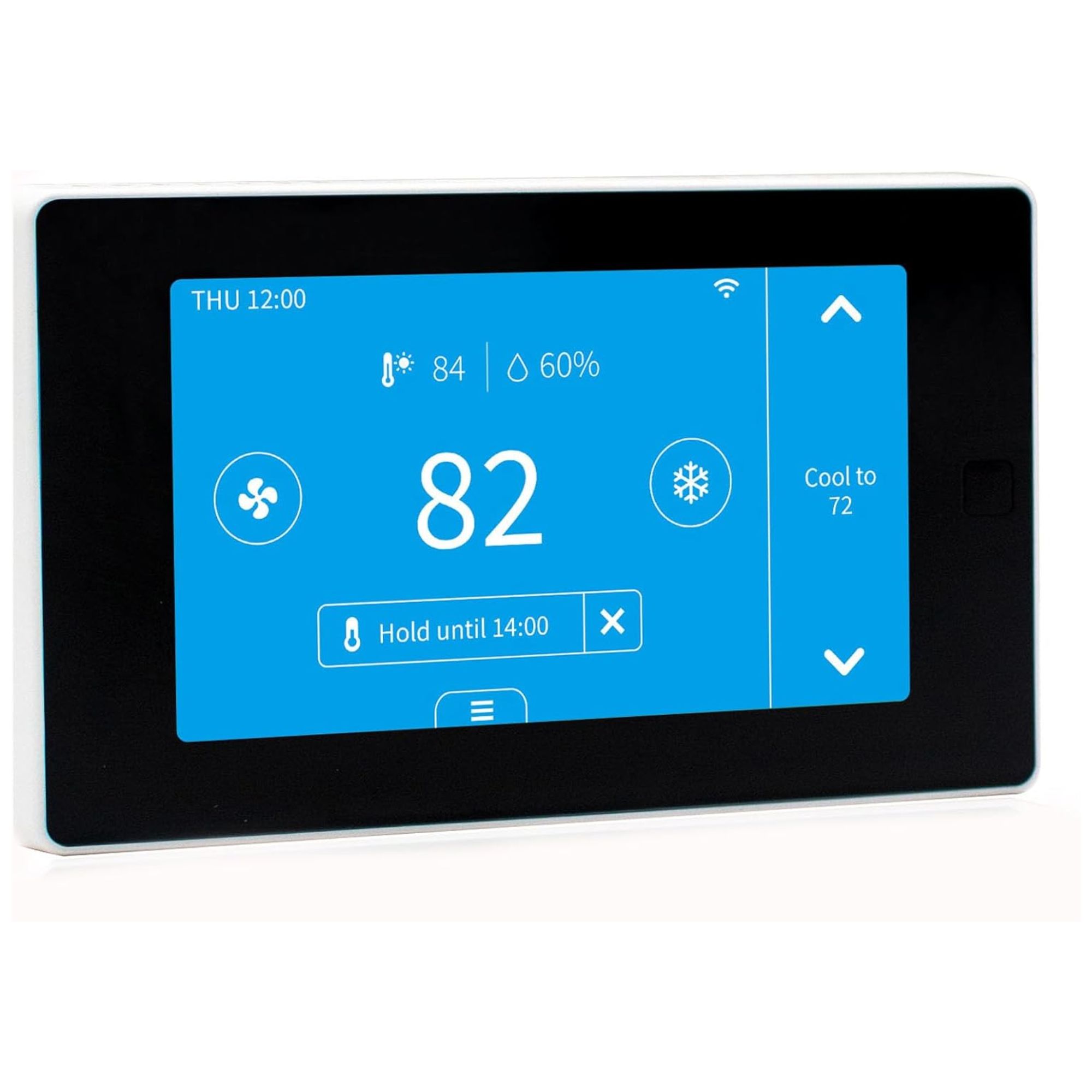
This thermostat is designed to work with 90% of HVAC systems, and is smart and energy-efficient.
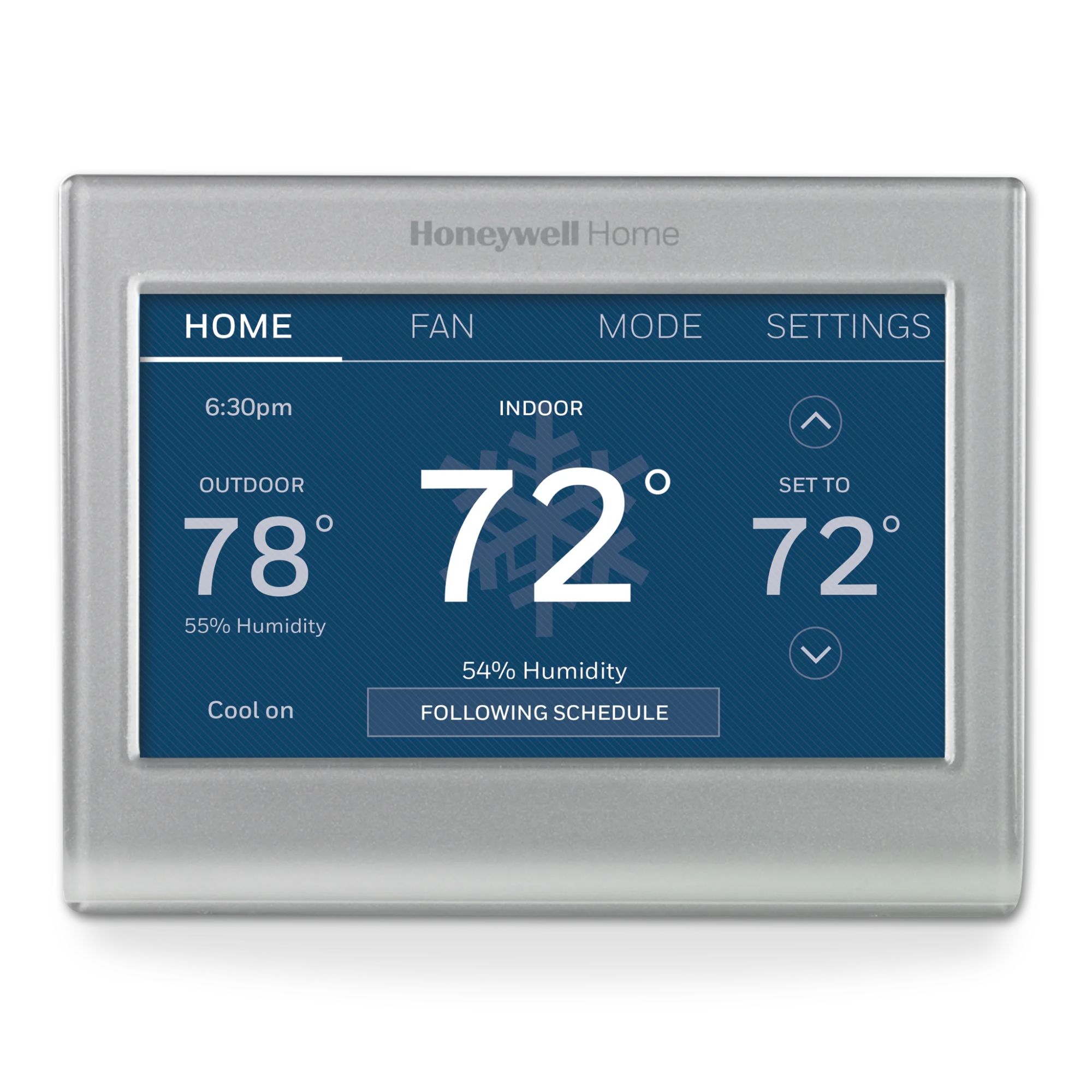
This smart thermostat features an easy-to-read touchscreen, for intuitive and simple operation.

As a much more affordable option than other smart thermostats, this one is reliable, and compatible with Amazon Alexa.
6. Consider air circulation
Cleaning and home maintenance expert Graham says, 'Most people focus only on insulation, but I've noticed air circulation matters more. In my own home, I installed small USB fans near vulnerable pipes. Since adding these in problem areas, I haven't had a single freeze issue.'
Graham recommends the AC Infinity MULTIFAN S1, Quiet 80mm USB Fan available at Amazon for this, and says, 'These slim USB fans are perfect for tight spaces. I've installed them in over 50 properties with great results.'
FAQs
How long do frozen pipes take to thaw?
When manually defrosting frozen pipes, it can take 30 to 60 minutes for water to start flowing normally again. Even if your water pressure has been restored, it is a good idea to continue to gently heat your pipes to ensure there is no stubborn ice remaining that can cause your pipes to freeze over more quickly.
Will frozen pipes thaw on their own?
Frozen pipes can thaw on their own, but it can take a long time and will only occur once temperatures reach higher than freezing point for a sustained period of time. It is generally a better idea to prevent pipes from freezing in the first place, or defrost your pipes manually to avoid bursts.
If the worst comes to the worst, it is important to also educate yourself on what to do if a pipe bursts. Although following these remedies and preventative measures should help fend off a worst-case scenario, having a plan in place for a water leak can help to avoid panic in the moment and ensure a rapid and smooth solution.

Lucy Searle has written about interiors, property and gardens since 1990, working her way around the interiors departments of women's magazines before switching to interiors-only titles in the mid-nineties. She was Associate Editor on Ideal Home, and Launch Editor of 4Homes magazine, before moving into digital in 2007, launching Channel 4's flagship website, Channel4.com/4homes. In 2018, Lucy took on the role of Global Editor in Chief for Realhomes.com, taking the site from a small magazine add-on to a global success. She was asked to repeat that success at Homes & Gardens, where she has also taken on the editorship of the magazine.
- Ottilie BlackhallNews Writer
- Chiana DicksonContent Editor